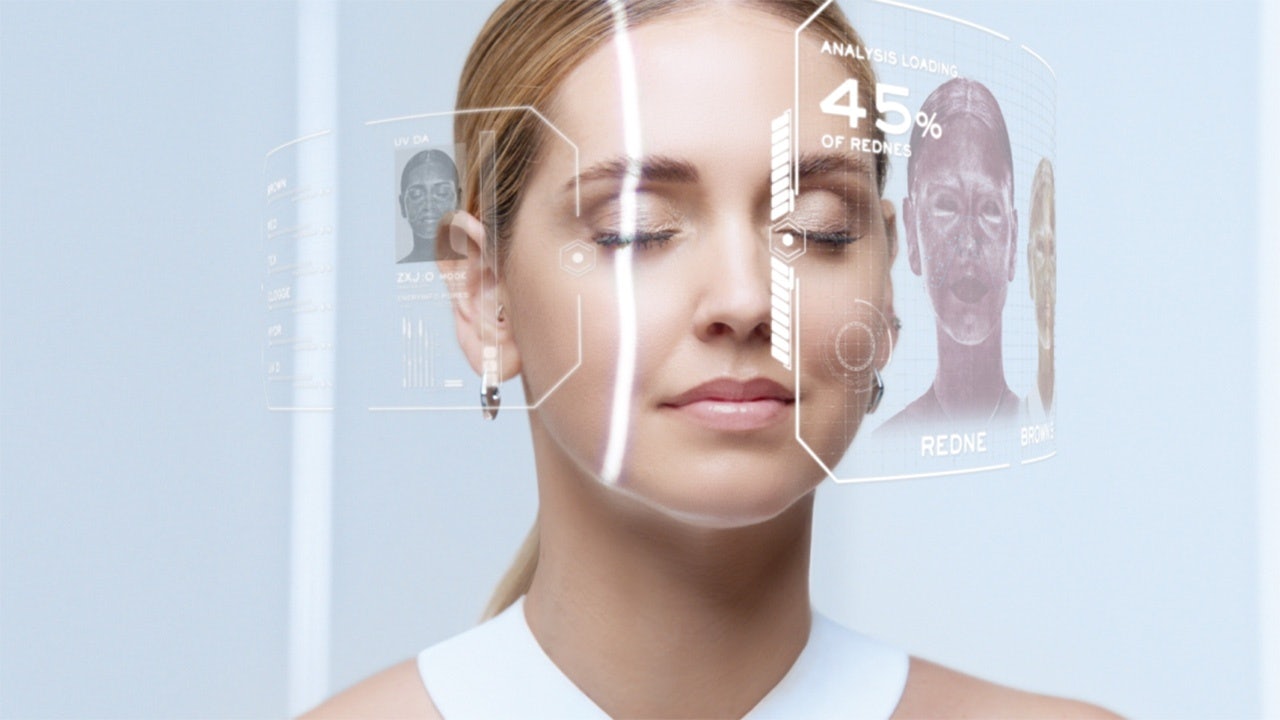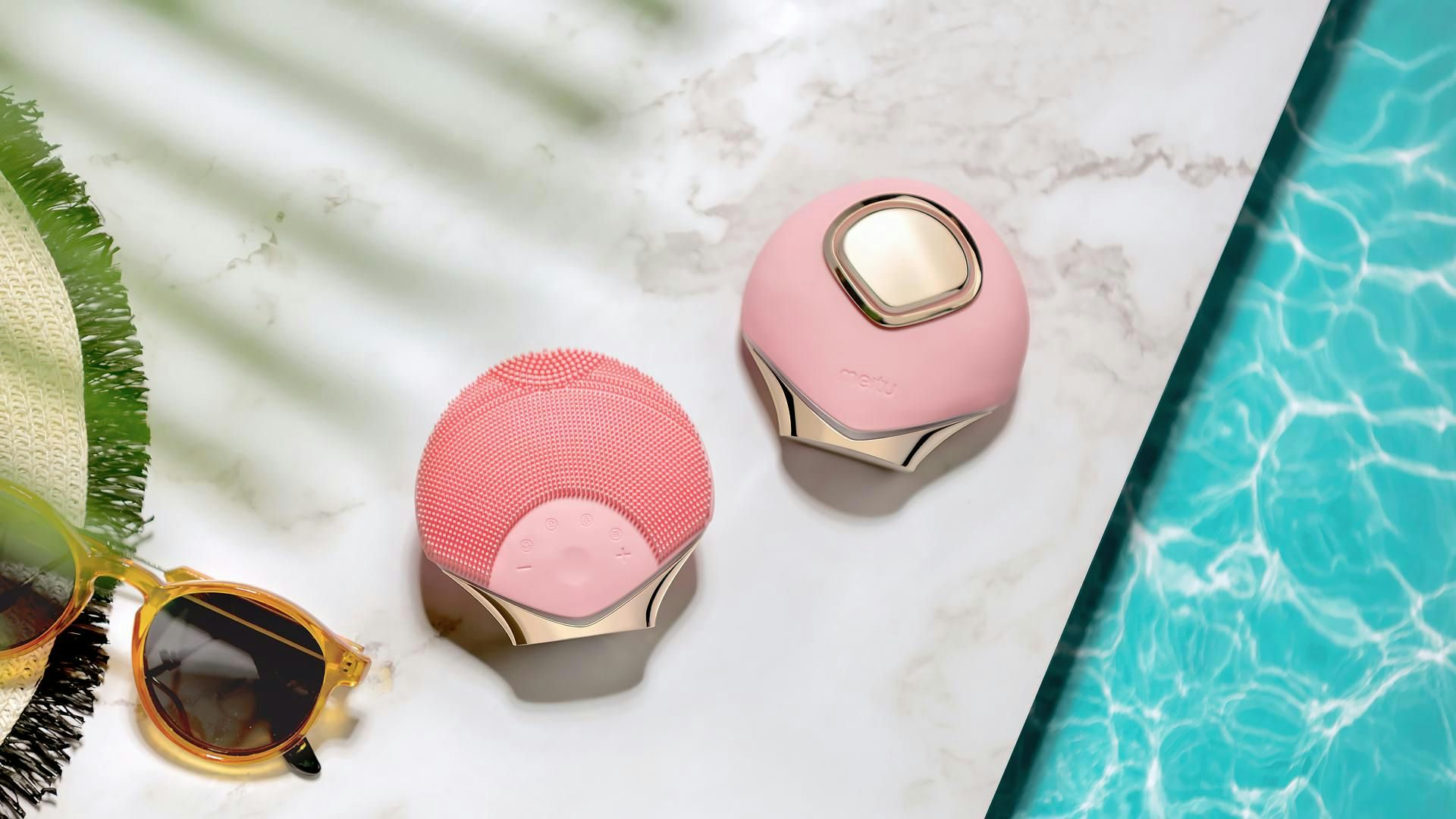The world’s largest cosmetics company, L’Oréal, has entered China’s at-home beauty device market with the launch of a new product from its luxe division Lancôme.
Debuted as an exhibition item at the recently concluded technology industry conference Viva Technology in Paris, the new device features exclusive L’Oréal LED technology and other ingredients aimed at reducing the appearance of fine lines and wrinkles. Though the product is not yet available for purchase, its presentation speaks to both L’Oréal’s commitment to staking a hold in the Chinese beauty market as well as the trend towards beauty instruments that offer an intersection of technology and product.
The beauty market in China has long been host to a melee of other industry crossovers, from luxury spas to livestreaming products to gaming and even coffee. The emergence of technology and beauty products, then, comes as no surprise as China’s next beauty “blue ocean,” an offering of relatively uncontested market space for brands to vie for. In fact, the race for a slice of China’s at-home beauty device industry pie has already begun. From January 2021 to May 2022, a total of 12 local beauty instrument brands have received funding, with four homegrown companies completing financing in May 2022 alone.
With a projected market size exceeding 20 billion RMB (roughly 2.98 billion) by 2026 according to Zhiyan Consulting, household beauty instrument products seem to be promising investments for brands. Though growth in the overall beauty and skincare sectors has been weaker in the first half of 2022 as a result of pandemic restrictions and mask mandates, the market for beauty devices remains at a strong compound annual growth rate of 28 percent in the past two years, making it one of the industry’s fastest growing tracks.
For L’Oréal, reputed as a leader in shaping the “beauty of the future” through tech innovation, scientific knowledge and data expertise, the foray into household beauty devices is nothing but organic. The beauty and skincare titan has already committed itself to beauty technology with many brands under the group exploring Web2 and Web3 solutions such as virtual makeup trials, 3D beauty creators, and AI-boosted skin testing.
With the increase in convenience, refinement, and accessibility through the continual development of beauty instruments, it may only be a matter of time before at-home beauty tech becomes widely available and desired by Chinese consumers — something local and international brands like L’Oréal are counting on.
For brands interested in entering the Chinese market for beauty devices, timely action and a unique beauty care experience is vital for the potential of success. The relative newness of the sector leaves room to build brand awareness, and therefore a stakehold in the competitive industry, using storytelling techniques. Coupled with product efficacy and cutting-edge technologically-inclined devices, the marriage of beauty and tech is, in L’Oréal’s words, the “beauty of the future.”

